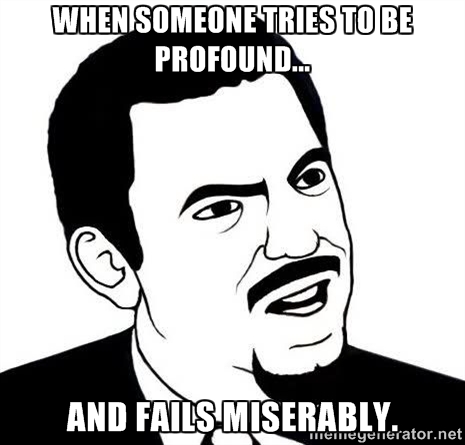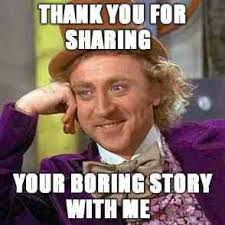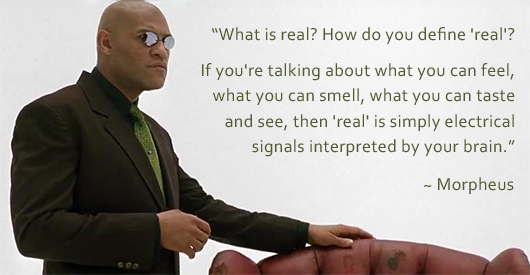The effects of cannabis consumption vary greatly from person to person. Body chemistry plays perhaps the largest role in individual responses to cannabinoids being introduced to the endocannabinoid system (ECS). Often those effects are reported similarly among various users. That is, although the most recent updates in the research suggest that the conventional naming system is incorrect (sativa and indica), the effects typically are described as racy, creative, and up for sativa strains and relaxing, bodily, and down for indica strains. Hybrids are crosses of these two that produce effects which dominate one way or the other (sativa or indica) depending again upon the body chemistry of the user.
Since the hippocampus is affected by the cannabinoids acting upon the CB1 receptors, a user’s subjective experiences of recollection and other attributes of memory and cognition will vary greatly. In other words, the personal experience of the “high” feeling will certainly be described differently, or perhaps even claimed as “indescribable without experience”, by different people. The memories, associations, thoughts, and feelings will reflect not only the amount of cannabis ingested and the methods of ingestion, but also each user’s individual life experiences. While the degree to which these effects are experienced is based upon an individual’s unique body chemistry, and while this all admittedly sounds a bit hand-wavy, research does show that there are general properties associated with each cannabinoid.
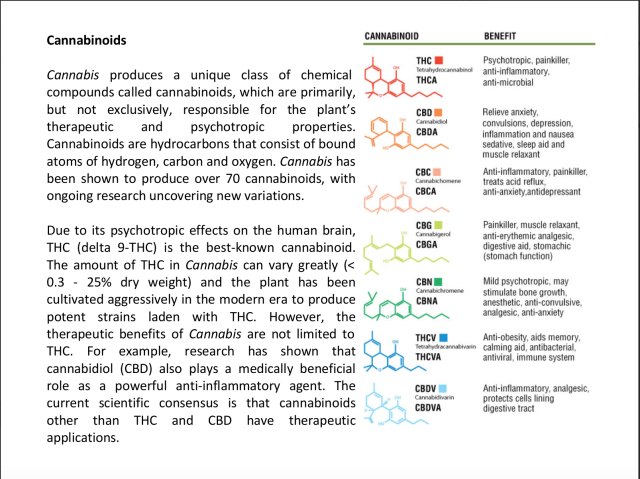
Figure 1: This chart, from a Powerpoint sent to me by my boss after training, shows some basic properties of just a few of the several dozen cannabinoids present in cannabis.
As mentioned in Part 1, terpenes are compounds found in virtually every plant that grows in nature that are responsible for the range of characteristic aromas and flavors found in plants around the world. The latest research regarding these compounds reveals a broad range of therapeutic effects associated with the most prominent terpenes in the cannabis plant.
It turns out that THC content isn’t the whole story when it comes to the overall “high” feeling. In addition to Cannabinol (CBN) being a mild psychotropic, Terpenes act to modulate the psychotropic effects of THC which means that a relatively lower THC content strain (say, 14%) with a high concentration of a powerful terpene profile, such as Limonene, can actually have a much stronger effect than a relatively higher THC content strain (say, 24%) that has a weak terpene profile and smells like hay or regular grass.

Figure 2: Another chart from the same Powerpoint mentioned above highlighting several terpenes.
In addition to the wide variety of flavors, smells, and effects, cannabis has a huge range of visual distinctions. Some have to do with a slight extension of the final stage of the growing process in a cooler environment, producing a sometimes subtle, sometimes prominent purple, while others have to do with the genetics of the particular strains. Some buds–the dried part that contains the highest concentrations of cannabinoids and is either smoked or processed into oils, concentrates, or edibles–are dense and crumbly while others are fluffy and sticky.
When choosing a strain, a user will often take several, if not all, of these factors into account. It is always important to educate oneself on the possible effects of the different methods of ingestion before buying a product so as to not be dissuaded from the beneficial effects available through other methods by a bad experience that could have been easily avoided. As the industry here in Colorado continues to grow, the dissemination of the latest research of cannabinoids, terpines, and their individual as well as collective effects on the endocannabinoid system is becoming evermore streamlined and easily accessible. And, as a bud tender, my job is to be the intermediary between that research and the customer or patient. The goal is to arrive at a strain or product that benefits the customer or patient most effectively and appropriately according to their needs and constraints.
While it is clear that the cannabis plant has numerous beneficial properties, much more research must continually be conducted so that the general public can learn as quickly as possible about not only the medical and social health benefits but also the economic advantages of this most wonderful plant. The chart below shows that just four months after cannabis legalization, the homicide rate in Denver dropped by over fifty percent!
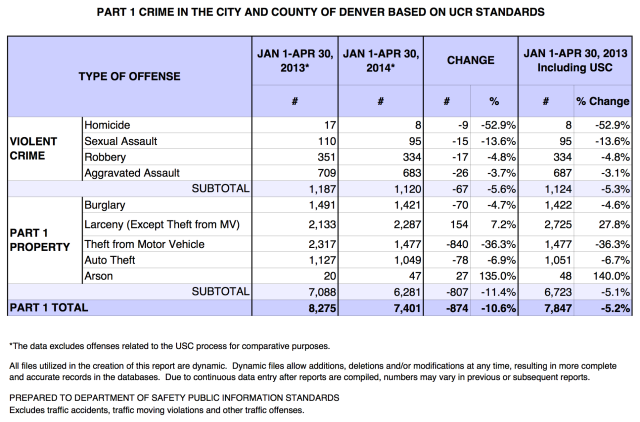
Table 1: Chart from denvergov.org showing an overall decrease in violent crime and a significant decrease in property crime.
In fact, violent crime across the board saw a reduction while all properties crimes except larceny and arson decreased. Even the Drug Policy Alliance has acknowledged the overall economic and social benefits in a report released detailing it’s findings after a year of legalization:
“Since the first retail marijuana stores opened on January 1st, 2014, the state of Colorado has benefitted from a decrease in crime rates, a decrease in traffic fatalities, an increase in tax revenue and economic output from retail marijuana sales, and an increase in jobs” (p 1).
In conclusion, perhaps three things are necessary to solve the increasing problems of economic downturn, crime, and drug addiction (which is a public health issue, not a crime): 1. Universal healthcare; 2. Federal cannabis legalization; and 3. A redesign and rebuilding of energy and transportation infrastructure.
The first gives ALL people access to the resources that are fundamental to true prevention and rehabilitation. The second replaces 99% of the prescription drugs that, along with heroin, are slowly but surely becoming the leading cause of deaths in America and also has proven to be a huge economic benefit. And the third not only gives people something to do and bolsters the cannabis-infused economy, it builds infrastructure that ensures sustainability, efficiency, and access-abundance for all the world’s people for centuries to come. Cannabis, in one form or another, can and will be related to the application of all three of these solutions.







